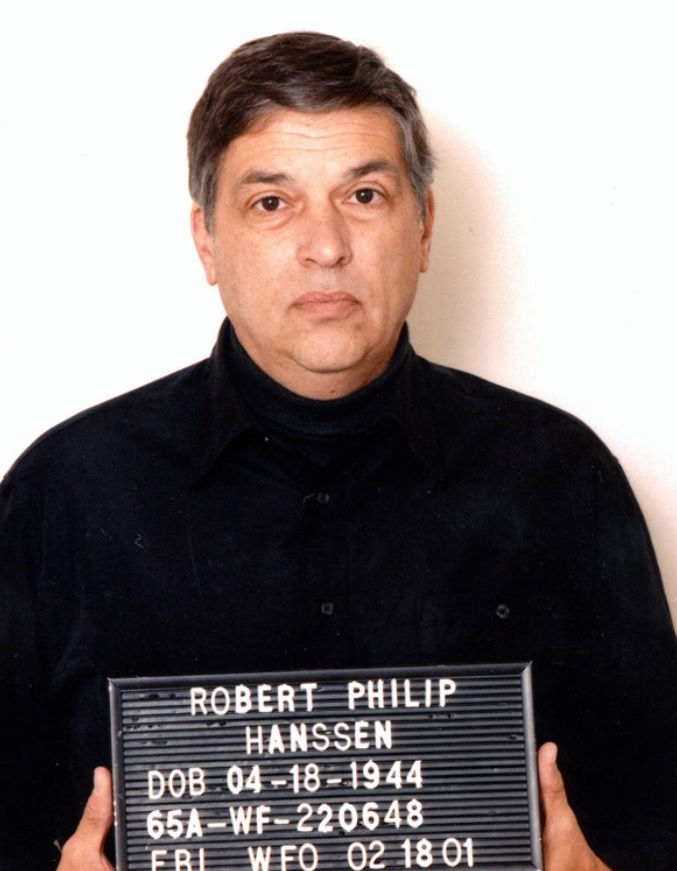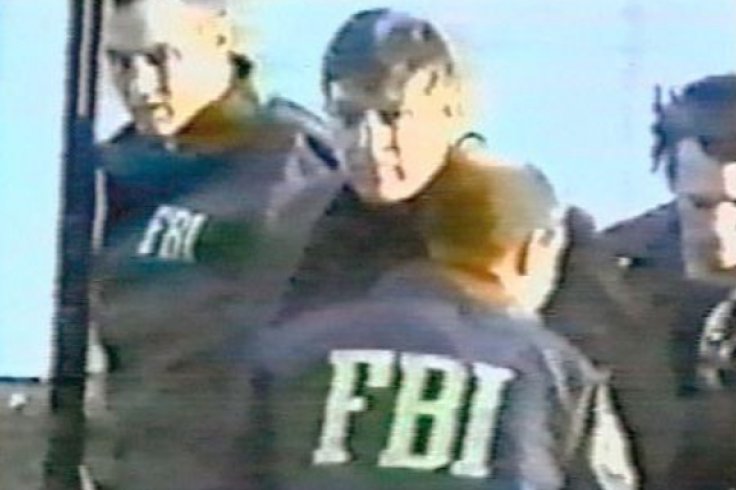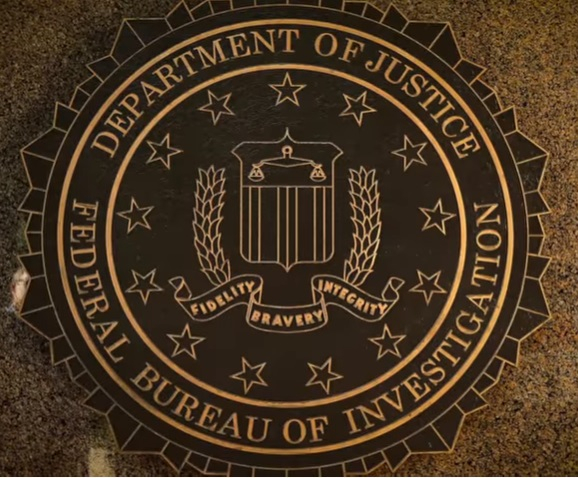A notorious former FBI agent convicted of spying for Russia and serving a life sentence in a Colorado prison has died aged 79 on Monday. Robert Hanssen was found unresponsive in his federal prison cell at the ADX in Florence, Colorado, at 6.55 am on Monday, according to the Federal Bureau of Prisons.
No cause of death has yet been given. Hanssen took more than $1.4m in cash and diamonds to trade secrets with Moscow, in one of the most notorious spying cases in American history. He was sentenced to life in the Supermax prison where he has languished for the last two decades.
Death of a Spy

The prison staff unsuccessfully tried to save Hanssen's life and called for emergency medical assistance. According to authorities, no other staff or prisoners were harmed, and there is no danger to the general public.
According to a source with knowledge of the situation who was quoted by the Associated Press, Hanssen is thought to have died naturally. However, there hasn't been any official version of the cause of his death.
Hanssen was handed a life sentence for spying on the United States and passing information to the Soviet Union and later on to Russia, over the course of more than 20 years.
Following his arrest, details of Hanssen's sinister existence as a sexual offender also came to light. He allowed a friend to watch him and his wife have sex without his wife's knowledge.
Hanssen subsequently started recording the sessions in secret and spoke about his sex life in online chat forums.

Hanssen, a devoted adherent of the Catholic Church's conservative Opus Dei group, also spent time with Priscilla Sue Galey, a stripper, and gave her money, jewelry, and a 1985 Mercedes-Benz 190E sedan.
Hanssen was arrested in February 2001 while delivering a "dead drop" of confidential information to his Russian intelligence contacts in a park close to his house in northern Virginia.
In July of that year, he pleaded guilty to 13 charges of espionage as well as one count each of attempted espionage and conspiracy to commit espionage.

"The FBI trusted him with some of the most sensitive secrets of the U.S. government, and instead of upholding that trust, he abused and betrayed it," the bureau said in a history of the case on its website.
Betrayal for Years
Hanssen evil deeds started in 1985 when had been employed by the FBI for nearly ten years. The notorious KGB and its successor organization, the SVR, benefited from Hanssen's access to confidential documents because he worked in counterintelligence.

Hanssen frequently employed dead drops, encrypted communications, and other covert methods to provide information, which compromised American spies and their techniques, reports, papers, and "technical operations of extraordinary importance and value," the FBI said.
Hanssen's malicious operations, which were concealed under a modest suburban existence and ardent Roman Catholicism, took place at the same time, Aldrich Ames, a CIA double agent, who started spying for the Soviets in 1985 and was captured nine years later.
The FBI and CIA soon realized that someone else was also providing Moscow with confidential information after Ames was captured in 1994.
The agencies obtained Russian government papers that showed Hanssen was the traitor after wrongly investigating a seasoned CIA case officer for over two years. In view of Hanssen's impending retirement, the probe moved fast.
"What we wanted to do was get enough evidence to convict him, and the ultimate aim was to catch him in the act," said Debra Evans Smith, a former deputy assistant director of the FBI's Counterintelligence Division.

According to the CIA, by February 2001, some 300 people were working the case and keeping an eye on Hanssen from the moment he left his Fairfax County, Virginia, home until the moment he came home each night.
Investigators sprung their trap when they discovered Hanssen was scheduled to make a fatal drop on February 18, 2001 - he had taped secret information to the underside of a footbridge in a plastic rubbish bag.
Agents sped up and quickly arrested Hanssen as he made his way to his car following the drop.
After Hanssen's arrest prosecutors stated that they thought he and Ames had compromised three Soviet agents working for US intelligence, two of whom were executed after being exposed.
Officials also believed Hanssen had passed information to Moscow about a secret tunnel the Americans had dug beneath the Soviet Embassy in Washington for listening in.
Hanssen received more than $1.4 million in cash, bank funds, jewels, and Rolex watches in return for the secrets of America.
Hanssen claimed that money, not philosophy, was his driving force, although he warned his Soviet superiors in a letter sent in 1985 that a sizable reward might complicate matters because he could not spend it without sending off alarm bells.
According to investigators, Hanssen passed his handlers a total of 26 computer disks and 6,000 documents. On May 10, 2002, a judge gave him a life sentence without the possibility of parole.









